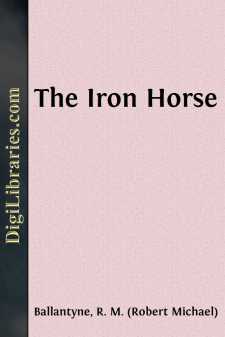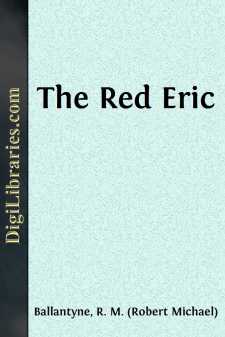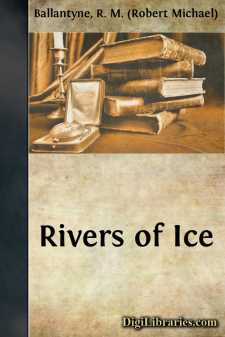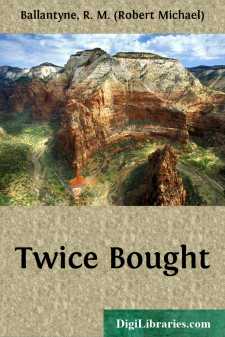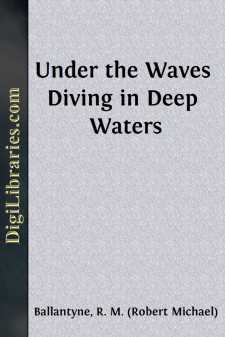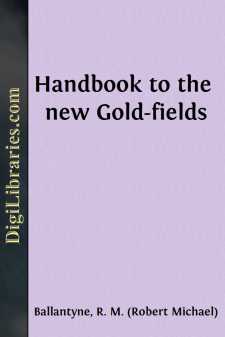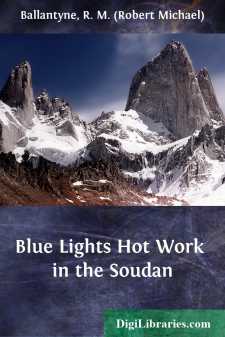Categories
- Antiques & Collectibles 13
- Architecture 36
- Art 48
- Bibles 22
- Biography & Autobiography 813
- Body, Mind & Spirit 142
- Business & Economics 28
- Children's Books 15
- Children's Fiction 12
- Computers 4
- Cooking 94
- Crafts & Hobbies 4
- Drama 346
- Education 46
- Family & Relationships 57
- Fiction 11828
- Games 19
- Gardening 17
- Health & Fitness 34
- History 1377
- House & Home 1
- Humor 147
- Juvenile Fiction 1873
- Juvenile Nonfiction 202
- Language Arts & Disciplines 88
- Law 16
- Literary Collections 686
- Literary Criticism 179
- Mathematics 13
- Medical 41
- Music 40
- Nature 179
- Non-Classifiable 1768
- Performing Arts 7
- Periodicals 1453
- Philosophy 64
- Photography 2
- Poetry 896
- Political Science 203
- Psychology 42
- Reference 154
- Religion 513
- Science 126
- Self-Help 84
- Social Science 81
- Sports & Recreation 34
- Study Aids 3
- Technology & Engineering 59
- Transportation 23
- Travel 463
- True Crime 29
The Norsemen in the West
Categories:
Description:
Excerpt
The Norsemen in the West; Or America before Columbus.
The Curtain Rises and the Play Begins.
One fine autumn evening, between eight and nine hundred years ago, two large hairy creatures, bearing some resemblance to polar bears, might have been seen creeping slowly, and with much caution, toward the summit of a ridge that formed a spur to one of the ice-clad mountains of Greenland. The creatures went on all-fours. They had long bodies, short legs, shorter tails, and large round heads.
Having gained the top of the ridge they peeped over and beheld a hamlet nestled at the foot of a frowning cliff; and at the head of a smiling inlet. We use these terms advisedly, because the cliff, being in deep shadow, looked unusually black and forbidding, while the inlet, besides being under the influence of a profound calm, was lit up on all its dimples by the rays of the setting sun.
The hamlet consisted of one large cottage and half a dozen small cots, besides several sheds and enclosures wherein were a few sleepy-looking sheep, some lean cattle, and several half-starved horses. There was active life there also. Smoke issued from the chimneys; fresh-looking women busied themselves about household work; rosy children tumbled in and out at the doors, while men in rough garments and with ruddy countenances mended nets or repaired boats on the shore. On a bench in front of the principal cottage sat a sturdy man, scarcely middle-aged, with shaggy fair and flowing locks. His right foot served as a horse to a rapturous little boy, whose locks and looks were so like to those of the man that their kinship was obvious—only the man was rugged and rough in exterior; the boy was round and smooth. Tow typified the hair of the man; floss silk that of the boy.
Everything in and around the hamlet bore evidence of peace and thrift. It was a settlement of Norsemen—the first Greenland settlement, established by Eric the Red of Iceland about the year 986—nearly twenty years before the date of the opening of our tale—and the hairy creatures above referred to had gone there to look at it.
Having gazed very intently over the ridge for a considerable time, they crept backwards with extreme caution, and, on getting sufficiently far down the hill-side to be safe from observation, rose on their hind-legs and began to talk; from which circumstance it may be concluded that they were human beings. After talking, grinning, and glaring at each other for a few minutes, with gestures to correspond, as though on the point of engaging in mortal combat, they suddenly wheeled about and walked off at a rapid pace in the direction of a gorge in the mountains, the head of which was shut in by and filled up with cliffs and masses and fields of ice that overtopped the everlasting hills, and rested like a white crest on the blue sky. Vast though it seemed, this was merely a tongue of those great glaciers of the mysterious North which have done, and are still doing, so much to modify the earth’s economy and puzzle antiquarian philosophy; which form the fountain-head of influences that promote the circulation of the great deep, and constitute the cradle of those ponderous icebergs that cover the arctic seas....



